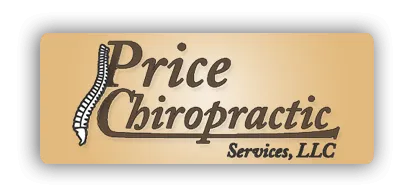- posted: Aug. 13, 2018
What is whiplash?
Whiplash is a generic term applied to injuries of the neck caused when the neck is suddenly and/or violently jolted in one direction and then another, creating a whip-like movement. Whiplash is most commonly seen in people involved in motor vehicle accidents, but it can also occur from falls, sports injuries, work injuries, and other incidents.
Structures involved:
- Whiplash injuries most often result in sprain-strain of the neck
- Ligaments connecting the vertebrae are torn, which is called a sprain. The joints in the back of the spine, called the facet joints, are covered by ligaments called facet capsules, which seem to be particularly susceptible to whiplash injury
- Muscles and tendons are strained—Stretched beyond their normal limits
- Intervertebral discs between the vertebrae, which are essentially ligaments, can be torn, potentially causing a disc herniation
- Nerve roots between the vertebrae may also be stretched and become inflammed
- Vertebrae can be fractured and/or dislocated in a whiplash injury, but is more rare
Common signs and symptoms
- Pain and stiffness in the neck
- May extend down into the shoulders and arms, upper back, and even the upper chest.
- Headache, especially at the base of the skull
- Seen in more than two thirds of patients. These headaches may be unilateral or bilateral
- Dizziness, difficulty swallowing, nausea, blurred vision, vertigo, tinnitus, TMJ pain, irritability, fatigue, and difficulty concentrating
- These symptoms disappear within a relatively short time in most cases
- Rare cases can persist for weeks, months, or even years.
Another important and interesting aspect of whiplash is that the signs and symptoms often do not develop until 2 to 48 hours after the injury. This scenario is relatively common but not completely understood. Some speculate that it may be due to delayed muscle soreness, a condition seen in other circumstances.
Treatment
- Chiropractic manipulation (Spinal manipulation can give relief in many cases of neck pain)
- Physical therapy (Electrical stimulation and/or ultrasound, may provide some short-term relief. Ice and/or heat are often used to help control pain and reduce the muscle spasm.)
- Stay active (One of the most important aspects of whiplash management is to stay active, unless there is some serious injury that requires immobilization. Patients should not be afraid to move and be active, within reason. Prescribe an exercise or stretching program.)
Can whiplash be prevented?
- Don’t get in an accident
- Generally speaking, whiplash cannot be “prevented,” but there are some things that you can do while in a motor vehicle that may reduce the chances of a more severe injury
- Always wear restraints (lap or shoulder belt)
- Adjust headrest in your vehicle to the appropriate height
- Have vehicles with airbags and make sure they are on
